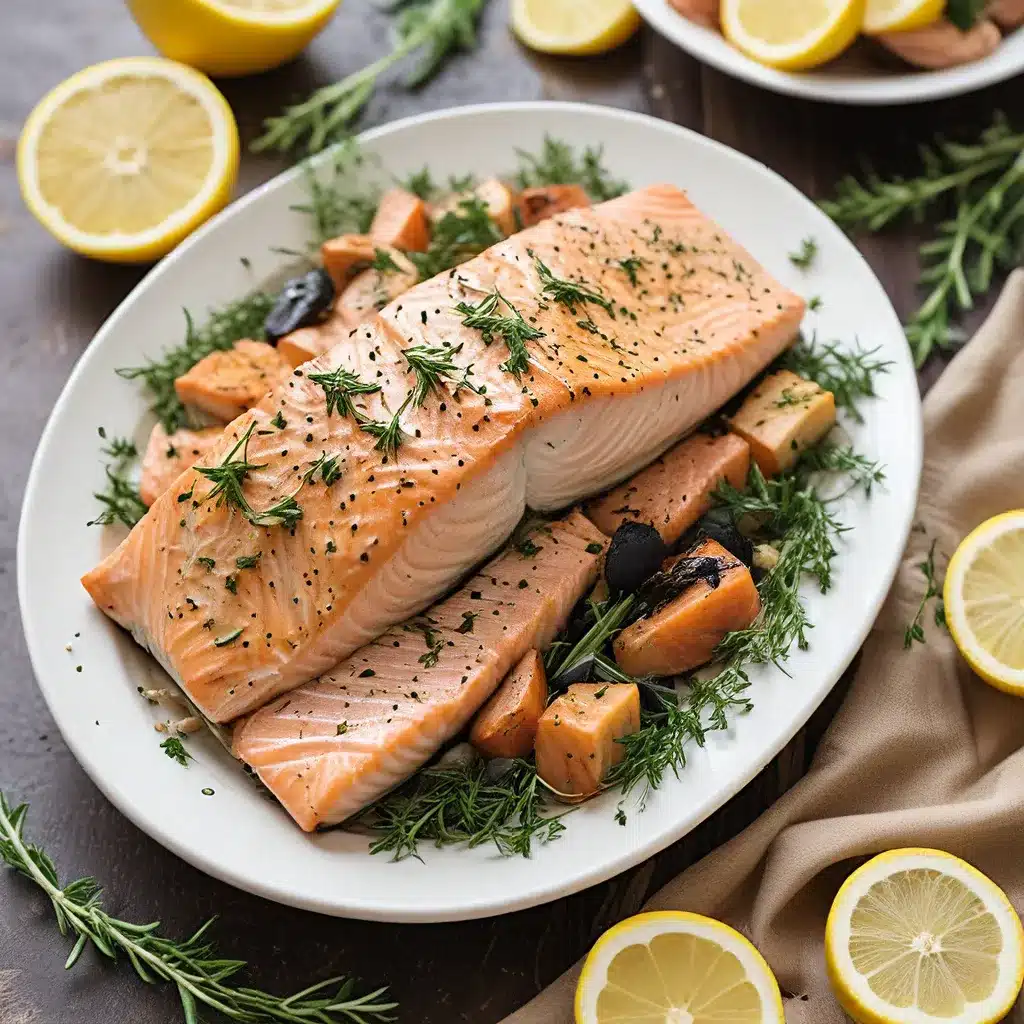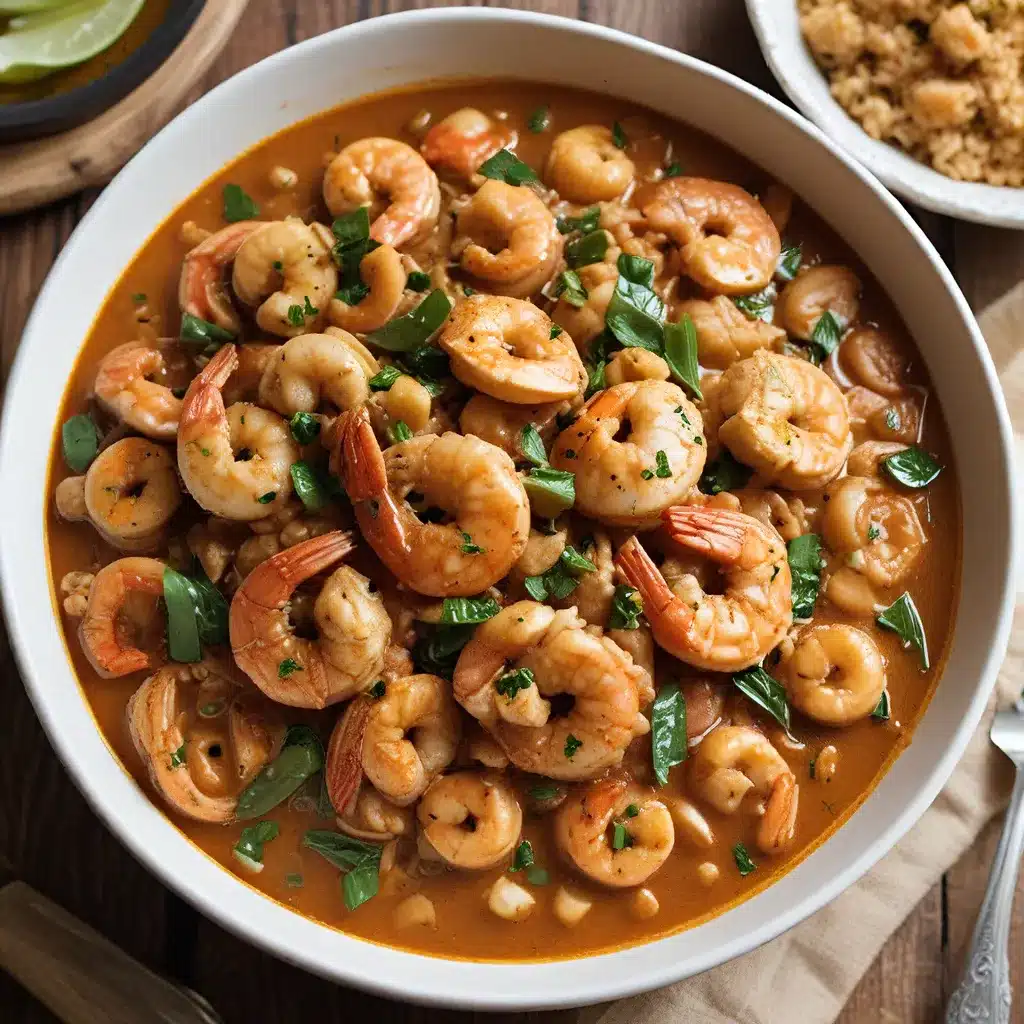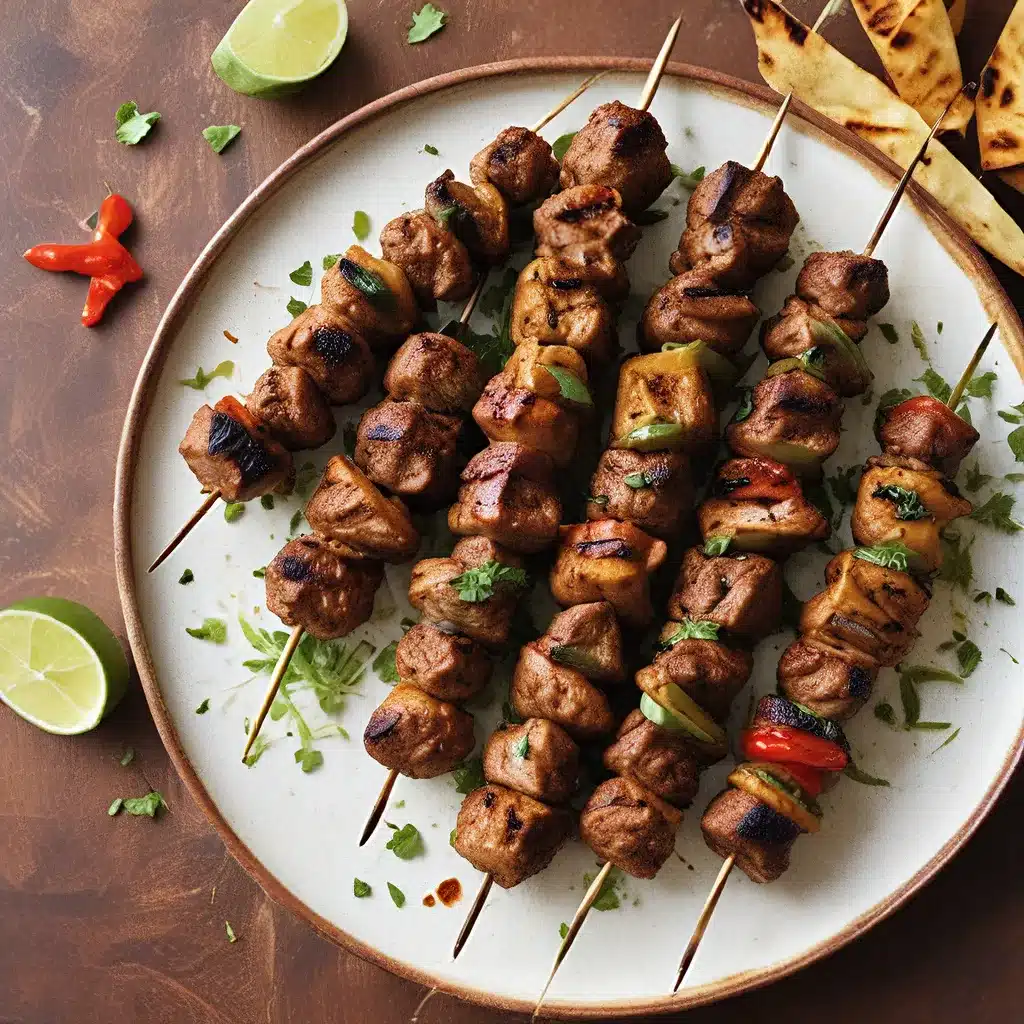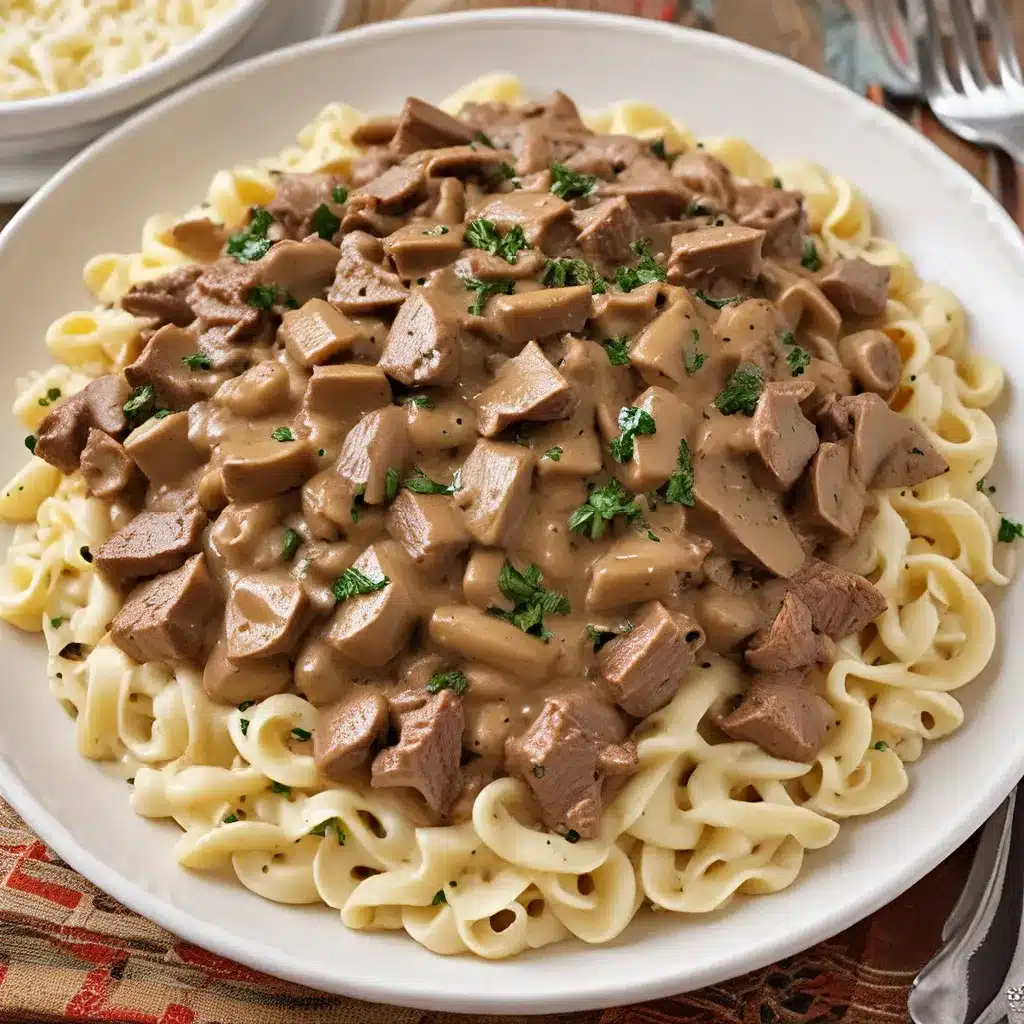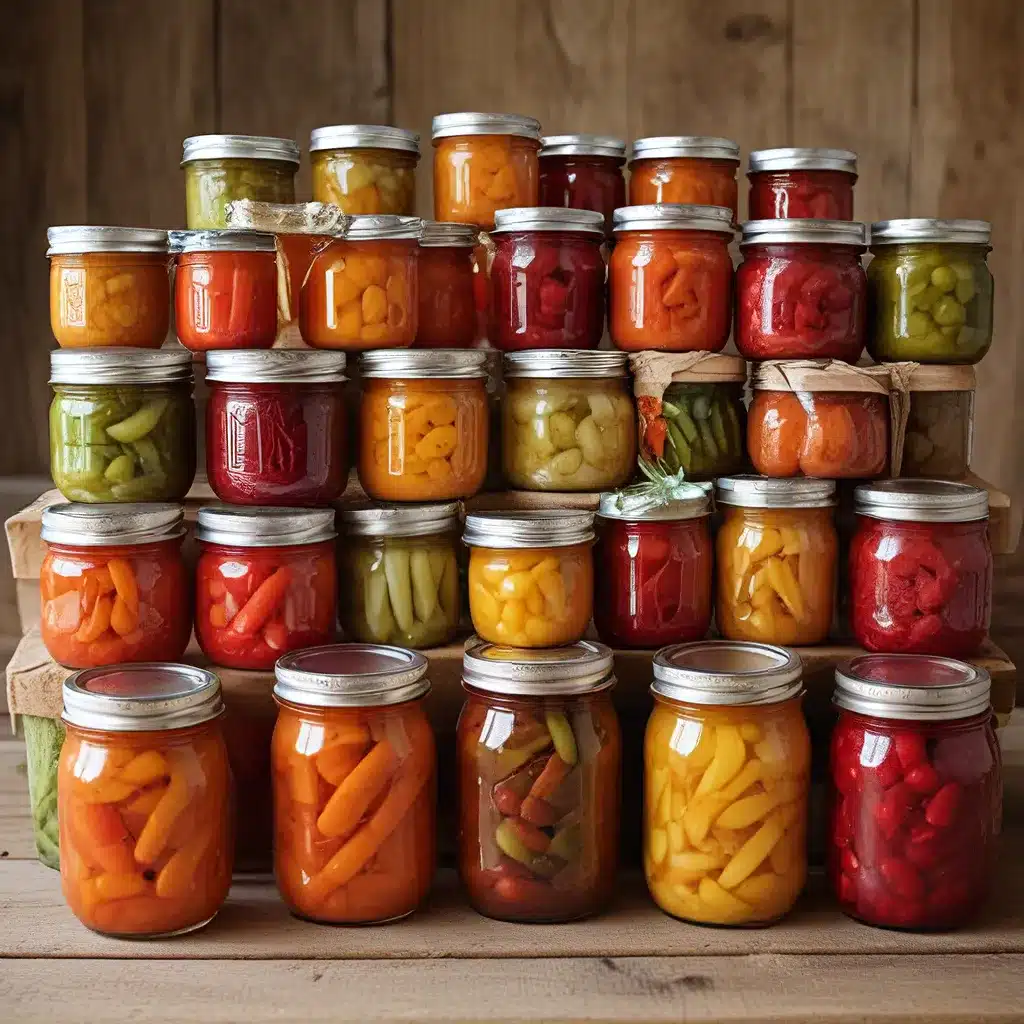
Ah, the joys of a bountiful harvest! As the sun-drenched days of summer grace us with an abundance of fresh fruits and veggies, the question arises: what’s the best way to savor their goodness year-round? Well, my friends, the answer lies in the timeless art of preserving.
The Canning Conundrum: Mastering the Methods
When it comes to canning, there are two main approaches to consider: the boiling water method and the pressure canning method. The boiling water method is perfect for high-acid foods like fruits and tomatoes, while the pressure canning method is the USDA-recommended way to safely preserve low-acid items such as vegetables, poultry, and meats.
As Stacy Lyn Harris advises, the key to successful canning is preparation. “Always, always read your recipe carefully and thoroughly, and gather all of your equipment and ingredients,” she says. This includes ensuring your jars are in good condition and using brand new lids.
Now, let’s dive into the nitty-gritty of these canning techniques. The boiling water method involves submerging your filled jars in a pot of boiling water for a specific duration, depending on the food. This process kills any microorganisms that could cause spoilage and creates a vacuum seal to preserve the contents.
On the other hand, the pressure canning method uses a specialized appliance to reach higher temperatures, effectively eliminating the risk of botulism, a particularly dangerous type of food poisoning. Jill McSheehy advises, “If you plan to do any pressure canning at all, go with the pressure canner. Only start with a water bath canner if that’s all you plan to do.”
Regardless of the method, don’t forget to label and date your canned goods. “Personalize your creations with labels, pieces of cloth, and ribbons,” suggests Stacy Lyn Harris. “You will love these as you begin to use them, and they might even be given as gifts or taken to parties.”
Freezing Frenzy: Preserving Freshness
Freezing is another fantastic way to preserve your harvest. In fact, it’s Stacy Lyn Harris’ favorite method for storing meat, as well as many veggies and fruits. The key to successful freezing is removing as much air as possible from the packaging to prevent oxidation and maintain freshness.
For meat, Stacy recommends wrapping it in airtight, moisture-proof containers or using a vacuum sealer. When it comes to fruits and vegetables, blanching (briefly boiling then plunging into ice water) can be an important step for some produce, as it helps retain texture and flavor.
Jill McSheehy suggests using a food processor with a shredder or slicer attachment to quickly prepare veggies for freezing. Another handy tip is to flash freeze items like chopped peppers and onions on a baking sheet before transferring them to a bag for long-term storage.
Dehydrating Delights: Nature’s Snack Bar
Drying or dehydrating is perhaps the oldest method of preserving produce, dating back to ancient times. This process removes moisture from fruits, vegetables, herbs, and even meats, creating delightful, shelf-stable snacks.
Stacy Lyn Harris explains, “I prefer using the oven or a dehydrator if you prefer. I do not have to deal with insects that way. It is easy to dry fruits, vegetables, herbs, and even chili peppers.”
For herbs and small items, Stacy recommends using a mortar and pestle to grind them into powders or flakes once dried. And for the meat-lovers out there, creating homemade jerky is a fantastic way to preserve the bounty of a successful hunt or meat purchase.
Mastering the Preserving Mindset
As you embark on your preserving journey, remember that it’s not just about the end result – it’s about the process, the sense of accomplishment, and the joy of self-reliance. As the Canning, Freezing, Dehydrating Food Preserving and Homesteading community notes, “When you start preserving, you are taking charge of your own health and food. Not only are you taking charge of your family’s health and the food that they eat, you are working together as a family for a common good and enjoying relationships that will last for a lifetime.”
And who knows, you might even find a new source of income by selling your delectable preserves at local markets or craft fairs. As Stacy Lyn Harris shares, “Every year my family sells canned figs, mint jellies, and other preserves at an upscale arts and crafts show in our community. We sell a lot of different items, but the canned preserves are always the first to go, and at a high price too!”
So, whether you’re preserving to stock up your own pantry, create heartfelt gifts, or even start a small business, the journey of preserving your produce is one filled with empowerment, creativity, and connection. And who knows, you might just discover a new favorite snack along the way!
Remember, you can find a wide range of preserving supplies and resources at Home Cooking Rocks to help you on your preserving adventures. Happy canning, freezing, and dehydrating, my friends!

